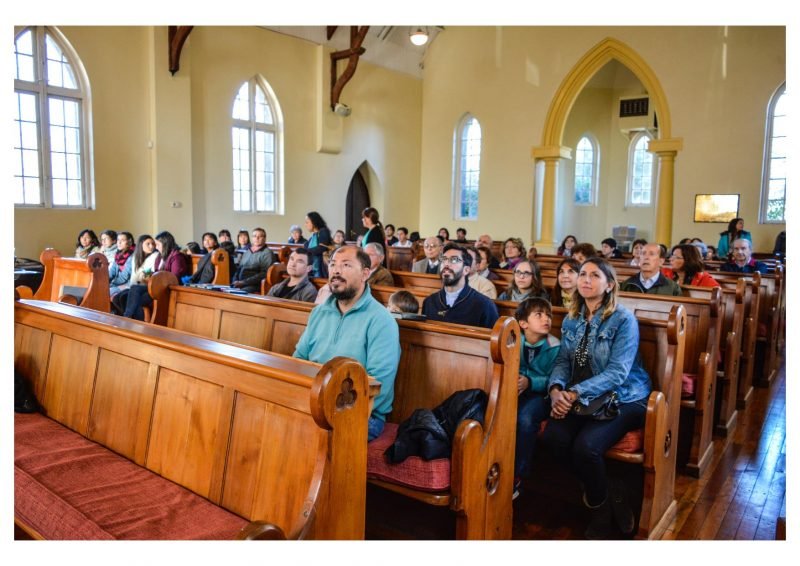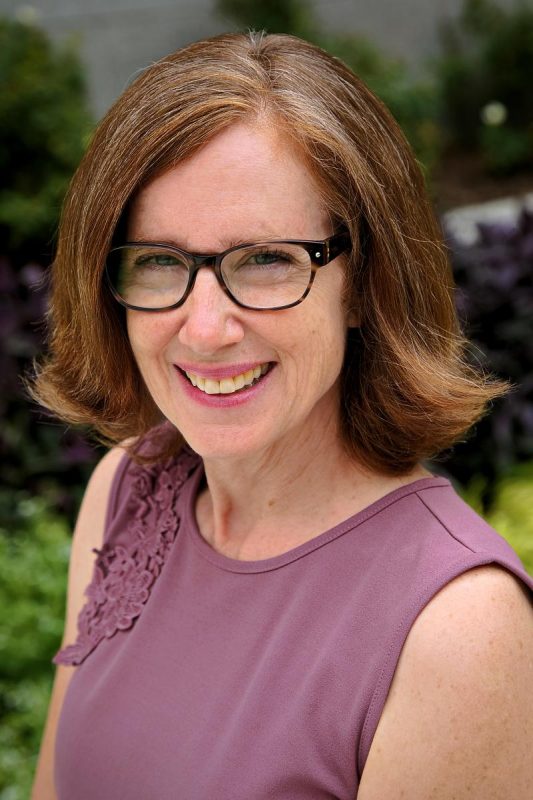“Church should not be another place of struggle. Like school can be a struggle, or going to the store can be a struggle, or getting along with your family can be a struggle, but church should not be a place where you struggle. I think the vast majority of people whose kids are on spectrum are not in church because it is another place of struggle.” This quote from a mother I’ll call Catherine, vividly paints the experiences of families of children with autism spectrum disorder.
According to the Centers for Disease Control, currently 1 in 59 American children has autism spectrum disorder. Numerous studies have documented the many stresses that can be experienced by families of children with ASD, including problems with controlling their children’s behavior, trying to get needed services for their children, enduring financial impacts, and facing stigma.
Families also face challenges finding a religious community where they are welcome. A 2018 statistical analysis found that children with disabilities that limit communication and social integration, such as ASD, are much more likely to never attend religious services even though having physical disabilities had almost no impact on religious service attendance.*
Over the past several years, my collaborators and I have been exploring all these issues with the people most directly affected. We have interviewed over seventy people, primarily parents of children with autism spectrum disorder but also ASD support professionals and medical professionals. Given the stressors parents can encounter, is religion a source of support or just another source of stress?
We have had long conversations with parents about their experiences. Like previous survey data would suggest, more had negative experiences overall in trying to participate in congregations although we did find evidence of positive experiences as well. Negative experiences in congregations arose primarily when parents perceived either congregation leaders or fellow congregants to be unwelcoming. Parents said they felt unwelcome due to interactions with religious leaders, stares from other congregants or comments about their child’s behavior.
Like other expressions of a congregation’s culture, the signs of unwelcome are often subtle. Said one mother who has since stopped attending religious services altogether, “There was a group of women that would stare… I didn’t see anybody who even looks friendly at church…if you are in church and your kid makes noise, the first three rows in front of you turn and look.”

Some parents we spoke with did have praise for their congregation’s support, and others had pushed hard to help make their congregations more inclusive. One father said, “With our new Rabbi we pushed really hard…This took a lot of re-education in the community…We have been very active and pushing for a community to adopt a statement on inclusion.” Some also felt acceptance and support in a new congregation after leaving a previous one which had been unaccepting. Overall, however, parents’ experiences were decidedly mixed.
It wasn’t just the experience in worship services that expressed a culture of welcome or unwelcome. It was also the lack of inclusive materials and inappropriate age placement of children in religious education classes. Parents told us about social isolation of their children in religious education classes (“We would find Ben sitting at a group table coloring. No one would want to sit with Ben; he was socially ostracized”) and age-inappropriate class placement (“They were going to keep Collin down and put him in a toddler class … I said, ‘Why did you put him in a toddler class; he is not a toddler?’”) My colleague Victoria Aramini and I have written more about how congregations can play a more positive role in the religious development of children and youth with ASD in the journal Religions.
Congregation-based support is an important resource for many Americans who face challenges in their lives, but it remains problematic for too many families of children with autism spectrum disorder. Given the large number of children impacted with ASD, much work remains to be done. Congregations that hope to become more welcoming can find help, however. One good place to start is “Autism and Faith: A Journey Into Community”. Other excellent resources can be found on Autism Speaks’ “Your Religious Community” page.
Stepping back to observe your own congregation’s values, activities and surroundings may be just as important. Are there parents you might interview? Might someone be a participant observer in worship or religious education, with an eye toward places that need to change? Or might you make contact with other support services to work together? Being part of a congregation shouldn’t be so hard.
*You can read more about Andrew Whitehead’s study and its implications for congregations here.

About the author: Susan Crawford Sullivan is Associate Professor of Sociology and Chair of the Department of Sociology and Anthropology at College of the Holy Cross. She is the author of Living faith: Everyday religion and mothers in poverty (University of Chicago Press, 2011).

